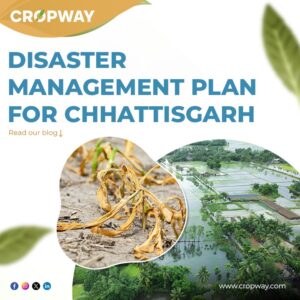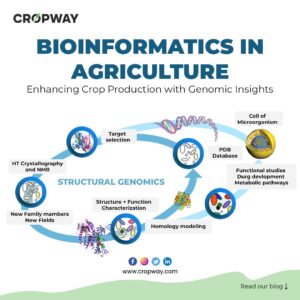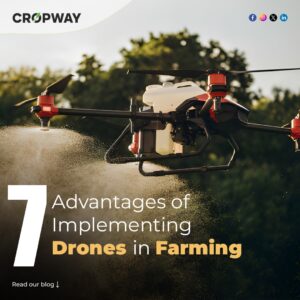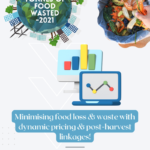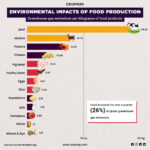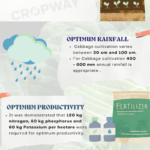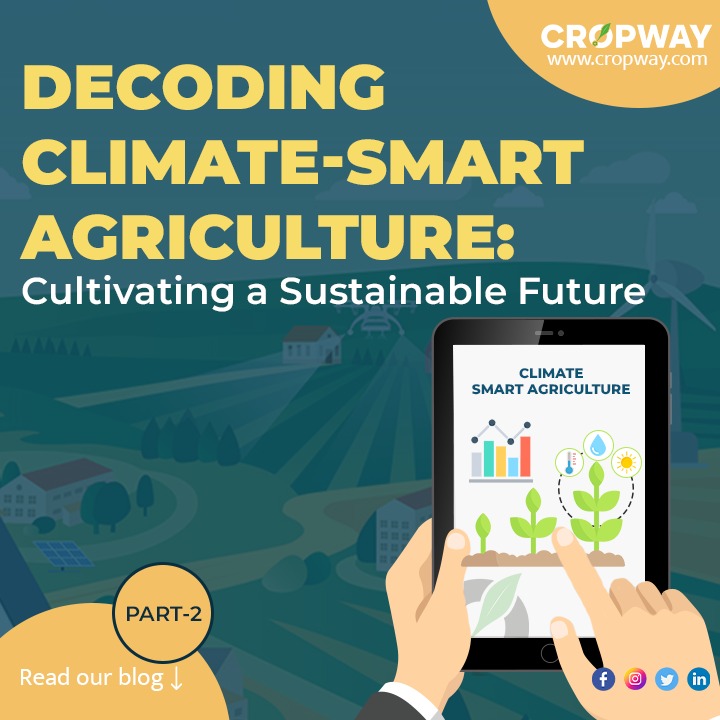
Welcome to the enlightening journey of “Decoding Climate-Smart Agriculture: Cultivating a Sustainable Future” – the insightful Part 2 of our exploration. As we delve deeper into the realm of Climate-Smart Agriculture (CSA), we uncover a multitude of benefits, challenges, and success stories that this innovative approach holds.
Benefits Of Climate-Smart Agriculture
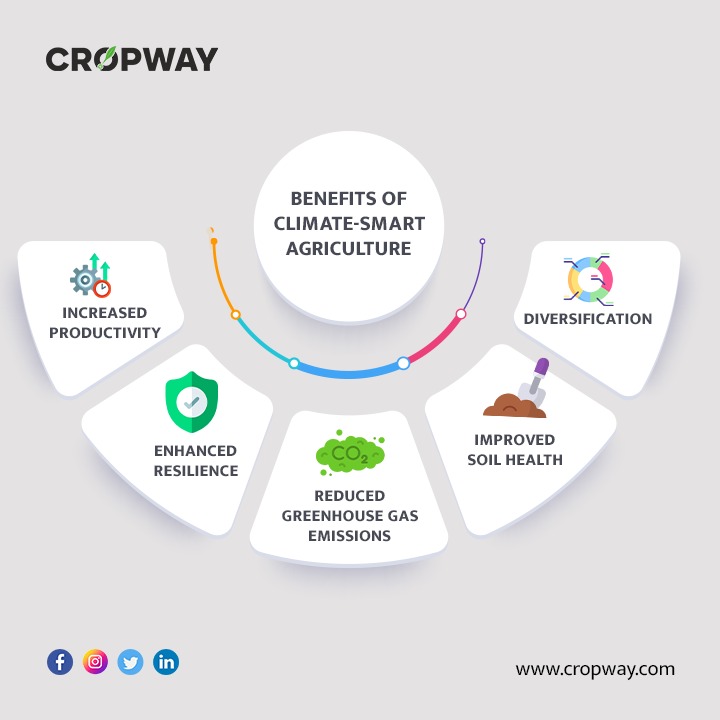
The advantages of embracing climate-smart agriculture are multifaceted:
- Increased Productivity: Climate-smart agricultural practices have the potential to elevate productivity levels, ushering in improvements in food security. This is especially vital for smallholder farmers who heavily depend on agriculture for their livelihoods.
- Enhanced Resilience: Climate-smart agricultural practices serve as a shield against climate-related shocks and stresses like droughts, floods, and extreme weather events. They empower farmers to adapt to these challenges effectively.
- Reduced Greenhouse Gas Emissions: Climate-smart agricultural practices make substantial contributions to reducing greenhouse gas emissions from agriculture. By aligning with global efforts to combat climate change, they become a crucial part of the solution.
- Improved Soil Health: Climate-smart agricultural practices nurture soil health, a cornerstone of sustainable farming. Healthy soils not only boost crop yields but also combat erosion, ensuring long-term agricultural viability.
- Diversification: Climate-smart agricultural practices advocate for crop diversification. This diversification not only enhances resilience in the face of climate-related adversities but also mitigates the risk of crop failures, ensuring a more stable agricultural ecosystem.
What Are Some Examples Of Successful Climate-Smart Agriculture Programs?
In the pursuit of a more sustainable and climate-resilient agricultural future, innovative programs and initiatives have emerged as beacons of hope. They serve as real-world examples of what can be achieved when the principles of Climate-Smart Agriculture (CSA) are put into practice. Some noteworthy initiatives making significant strides in this transformative field:
1. FAO Mitigation of Climate Change in Agriculture (MICCA) Programme:
Launched in 2010 by the Food and Agriculture Organization (FAO), the MICCA Programme is dedicated to advancing climate-smart agriculture. Its mission revolves around building a robust knowledge base on CSA practices and supporting their implementation across diverse regions. By harnessing scientific insights and practical experience, MICCA is driving the adoption of climate-smart strategies worldwide.
2. USDA Partnerships for Climate-Smart Commodities:
The United States Department of Agriculture (USDA) is actively engaged in building climate-smart markets for a range of agricultural commodities. This initiative aims to make the adoption of climate-smart agriculture and forestry practices economically viable for producers. Through technical and financial assistance, the USDA supports producers in implementing these practices voluntarily on working lands, contributing to both environmental sustainability and economic prosperity.
3. Scaling Up Climate-Smart Villages In India:
Research partnered with CIMMYT and IFPRI in Haryana, India. Farmers there practiced climate-smart methods like laser-land leveling and alternate wetting/drying of rice. The farmers and researchers collaborated, testing portfolios of climate-smart techniques. This improved agricultural outcomes. Additionally, in Haryana, laser-land leveling and alternate wetting/drying saved water, enriched soil, and boosted incomes. Mobile agro-advisories, incorporating insights from various sources, aided farmers’ decision-making.
Challenges of Climate-Smart Agriculture
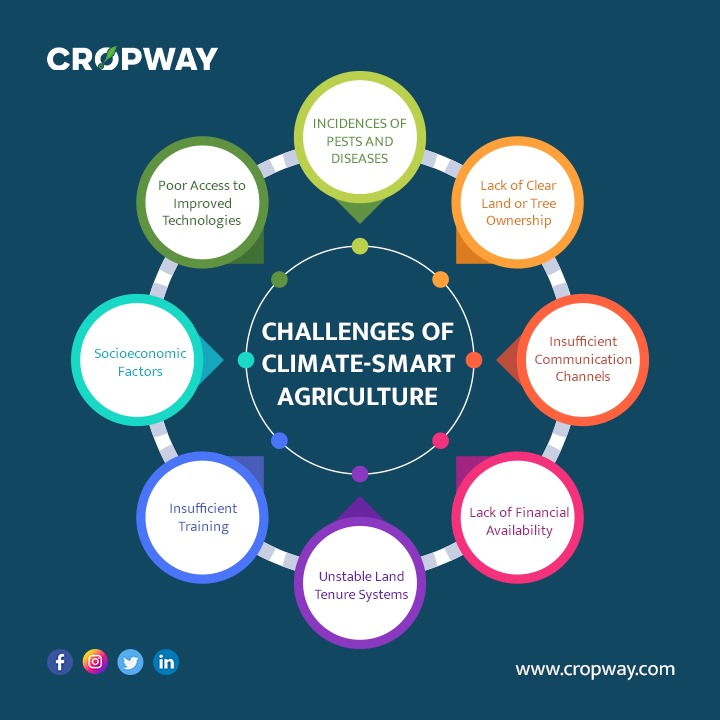
Climate-Smart Agriculture (CSA) holds the promise of a more sustainable and resilient farming future, but its adoption faces a series of roadblocks that challenge its implementation. Smallholder farmers, in particular, grapple with several hurdles on their journey towards embracing climate-smart practices. Let’s explore these challenges and the solutions needed to overcome them:
1. Incidences of Pests and Diseases:
The battle against pests and diseases presents a formidable challenge for smallholder farmers looking to adopt climate-smart agricultural practices. These threats can undermine crop health and productivity, making it difficult to transition to more sustainable methods.
2. Lack of Clear Land or Tree Ownership:
For smallholder farmers, the lack of clear ownership of land or trees can be a significant hindrance to sustainable agriculture. Without secure land tenure, investing in long-term climate-smart practices becomes uncertain and risky.
3. Insufficient Communication Channels:
The adoption of climate-smart irrigation technologies is hampered by the lack of effective communication channels. Smallholder farmers often struggle to access information and resources that would enable them to implement these advanced methods.
4. Lack of Financial Availability:
The financial barrier is a common roadblock for smallholder farmers. The adoption of climate-smart agricultural practices requires investments in new technologies and techniques, which may be beyond the financial reach of many.
5. Unstable Land Tenure Systems:
Unstable land tenure systems add another layer of complexity. Smallholder farmers face challenges in committing to climate-smart irrigation technologies when land ownership is uncertain, as they may not reap the benefits of their investments.
6. Insufficient Training:
Knowledge is a powerful tool in the realm of climate-smart agriculture, but insufficient training is a prevalent challenge. Smallholder farmers often lack the guidance and education needed to effectively implement these innovative practices.
7. Socioeconomic Factors:
Socioeconomic factors such as poverty, limited access to education, and social inequality can act as formidable barriers. These factors constrain the ability of farmers to embrace climate-smart practices, even when they recognize their benefits.
8. Poor Access to Improved Technologies:
Access to improved technologies is a critical aspect of climate-smart agriculture. However, many smallholder farmers face challenges in obtaining these tools, hindering their transition to more sustainable farming methods.
Conclusion
While these challenges are undeniably substantial, they are not insurmountable. Across the globe, organizations, governments, and communities are working together to develop solutions and support smallholder farmers in their transition to climate-smart agriculture.
But herein lies the potential synergy with Cropway. Cropway’s innovative approaches, such as precision agriculture, drought- and pest-resistant seeds, and digital farming, align seamlessly with the principles of CSA. Cropway has the potential to not only address these challenges but also enhance the adoption of CSA practices.
By incorporating Cropway’s methods into CSA initiatives, we can bridge the knowledge gap, bolster access to essential resources, and empower farmers to overcome hurdles. This synergy holds the promise of making CSA more accessible, feasible, and scalable, strengthening our collective efforts to cultivate a sustainable agricultural future in the face of climate change.
As we navigate this intricate landscape, the collaboration between Cropway and the CSA community emerges as a beacon of hope, illuminating the path toward a more resilient and sustainable agricultural ecosystem. Together, we can decode the complexities of CSA, cultivate a sustainable future, and fortify our global food security in the midst of a changing climate.
You might also want to read:– Decoding Climate-Smart Agriculture: Cultivating a Sustainable Future

